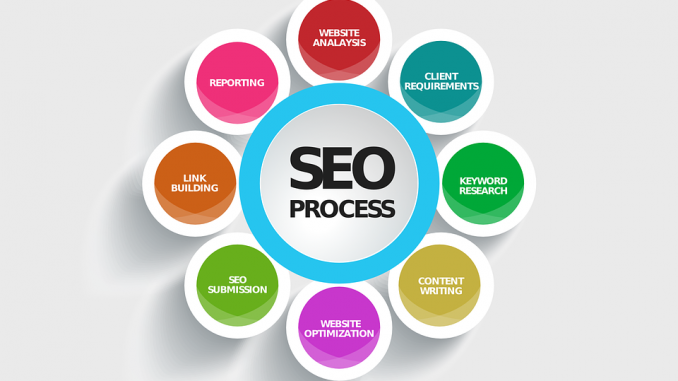
Already twice this year Google has, seemingly, sent signals that is wishes to continue the disruption of link-building schemes and shady linking practices as it has done numerous times in the past. Google has released two unconfirmed algorithm updates in an effort to support clean linking practices and punish those who continuously try to game the system.
With constant algorithm updates the question must be asked, “How should I build links in 2017?” In the words of Elmer Fudd “Be very very careful.”
Don’t use unnatural or black hat link building practices. It’s easy and quick, but you will regret it. Instead, invest in an amazing content marketing plan. The key to a winning content marketing plan is creating content that is novel and most of all informative and useful to the audience. Once the content is created, promote it through every channel possible. This sounds easy but a successful content marketing campaign is anything but. However, this is the type of link building effort Google prefers.
2017 Link Building Updates:
Google released its first unconfirmed update addressing shady link building on Feb. 1. This update is being called Groundhog and targets a widely used linking scheme in private blog networks (PBNs). A PBN is a network of websites (usually all owned by the same entity) used to build links to your site for the purpose of ranking higher.
2017 Link Building Updates:
The second, and also unconfirmed update is believed to have rolled out on March 8 and has been named Fred by the SEO world. There is some confusion on if the update was a Penguin or Panda refresh. SEO Roundtable’s Barry Schwarts believes the Fred update was intended to de-index ad-heavy sites. Those websites, primarily created to generate income through ads, are of no purpose to the average person.
Yet, after evaluating the URLs that were affected, it was revealed that many sites also had poor link signals. If your site has been affected by this or another update, we recommend performing a simple task to try and mitigate any damage. First, check webmaster tools to see if you received a manual action. If you have a manual action against you and your site is ad heavy, try removing all but 25 percent of the ads and see if your site recovers. If issues persist, you should consider evaluating your links and using the disavow tool to clean-up your backlink profile. Once you recover from a penalty it is important to create more relevant and authoritative content that is helpful to the user. Finally, whether it be links, content, or other schemes, STOP trying to cut corners by using black hat SEO tactics. Below you will see examples of what to look for and what to avoid.
2017 Link Building Updates: Keys to Good Site Health
The key to good site link health is relevancy. It is really quite simple; build relevant links from authoritative sites that have good signals. Look below for things you should look for when building links.
Say yes to the link:
Does the page rank in Google or other search engines?
Is the link relevant?
Is the trust flow greater than or equal to citation flow?
Are other people linking to the page?
Does the page have a low spam score?
Are people commenting on other posts?
Are people sharing the post on social?
Is there valuable Page and Domain Authority?
Avoid the link:
If it is paid.
If you have to exchange for it.
Gained through automated link processes.
Text link ads.
Spammy guest blog, press release, or comments.
Footer Links.
Comes from a PBN ( see click here above for more insight on this).
Link seems shady or too easy to obtain.
For content, even for websites created to generate money through ads, relevancy is key. What is the user looking for? The key is to not create shady content that misleads the consumer. Google’s main goal is to make searchers happy by returning the most relevant result. Shady websites and tactics that mislead users could lead to searchers bouncing off your page and going to the competition.
2017 Link Building Updates: How to avoid penalties.
The first step to avoiding penalties when link-building and creating new content is to research what has already been indexed and is ranking high. Find a keyword you want to rank for and do a search for it. Find out what other content has been shared on the topic to learn what Google is looking for but avoid simply restating what has already been said unless you are adding a perspective that has not been explored. Some easy content ideas are turning a checklist into a written blog and adding solutions or key points. If there is an infographic, create a better one that answers questions or addresses negative comments you see in the feed. Create a video that entertains and at the same time educates the reader and encourages them to share or post on their site or social platforms. Using these tips should ensure your content doesn’t fall prey to future algorithm updates and that you build lasting value to your website.
Marcus Howling, the SEO Doctor, is a SEO strategist at Amuse Digital. As one of the largest full-service digital marketing firms in Houston, it is able to help you increase your online visibility. Marcus excels at on-page optimization, natural link building, keyword research and analysis.The post Google Groundhog Targeting Shady Links appeared first on SiteProNews.
Source: Site Pro News
Link: Google Groundhog Targeting Shady Links



Leave a Reply